Dr. Tesla Monson is a professor of anthropology at Western Washington University. She received a Leakey Foundation research grant in 2020 for her project entitled “Evolution of the primate cranium: Craniofacial modularity in extant colobines.”
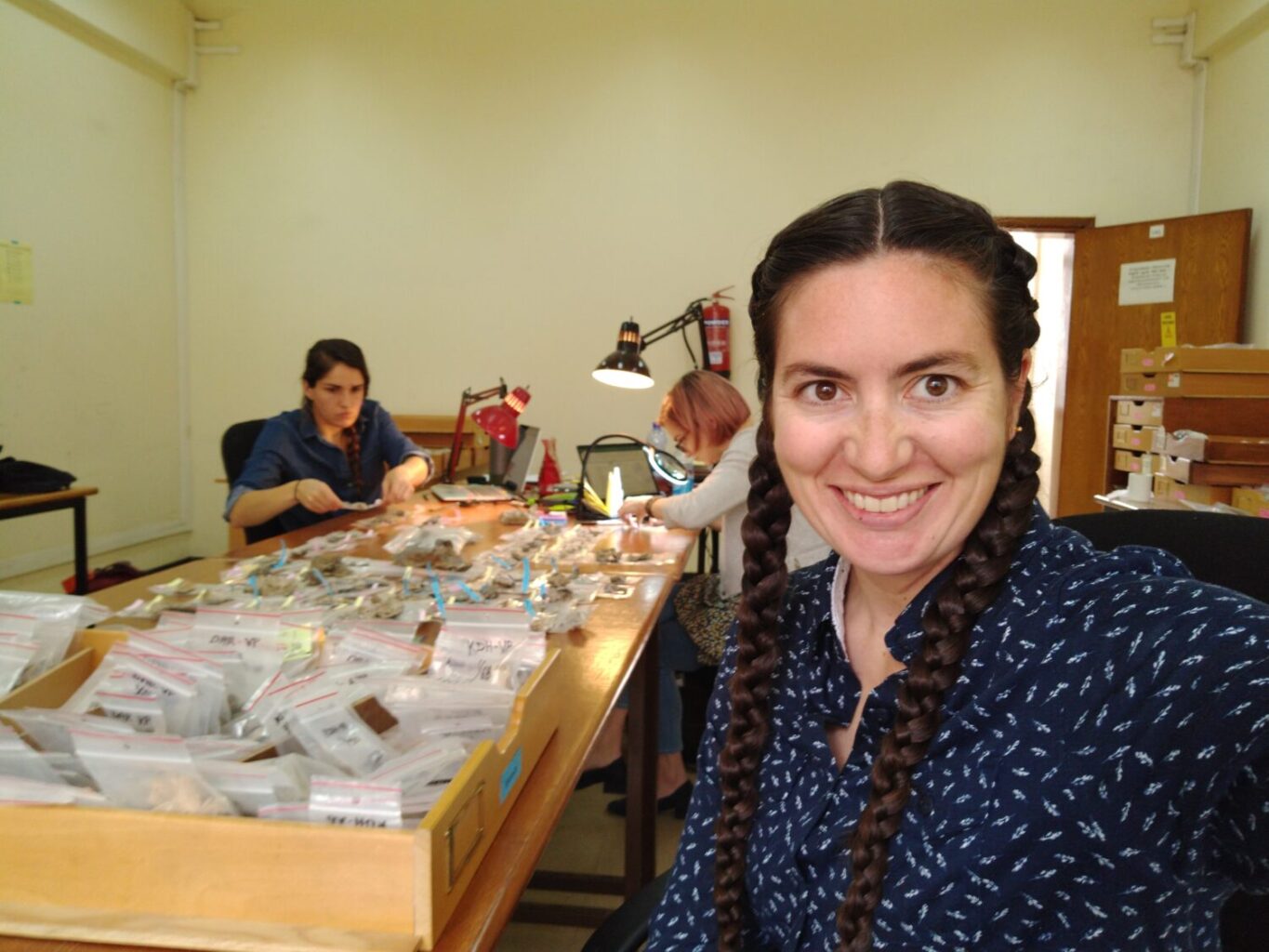
Dr. Tesla Monson at the National Museum of Ethiopia in Addis Ababa. Dr. Marianne Brasil (left) and Dr. Leslea Hlusko (right) are pictured in the background. They are part of a team led by the Human Evolution Research Center in Berkeley, CA, that is describing a large assemblage of new monkey fossils from the Afar region of Ethiopia
When did you first realize you were interested in science? Did you like science as a child, or did you come to it later?
Since I was a young child, I have also been interested in nature, and particularly plants and animals. I was definitely one of those kids who brought home random skulls and other bones that I found on the side of the road or out in the forest. But I was also one of those kids who was turned off by science in high school. In college, I didn’t take any science courses outside of the basic requirements. It was later, during my MA in Biological Anthropology, that I started to get really interested in science again.
How did you become interested in your current field?
During my first BioAnth class in college, I became fascinated with the question of what makes humans distinct from other animals – what makes us human? This was my first step into the world of biological anthropology. Then, during my MA degree, I took osteology and sort of became obsessed with variation in the skeleton and dentition. I have always been really into patterns, and so finding out that there was a field of study that focused on how variation is patterned in the skeletal tissues was sort of a revelation for me and for what I wanted to do. And I have always been interested in monkeys. I mean, who doesn’t like monkeys?

Tell us about your Leakey Foundation-funded research project…
My project focuses on cranial variation in colobine monkeys. To understand how the human cranium evolved, we must place skeletal variation within the context of primates more broadly. Colobines, in particular, have not been as well-studied as some other taxonomic groups. And my previous work has demonstrated that there is more variation in patterns of cranial morphology between colobines and other cercopithecid monkeys than has previously been recognized. This project will use 3D geometric morphometrics to quantify modularity in the colobine primate cranium with an additional goal of training undergraduate researchers in biological anthropology methods.
How did you feel when you got your grant?
I was ecstatic to find out that I received the Leakey grant. The Leakey is an extremely prestigious grant and one that I had not yet been awarded in my career. As a pre-tenure faculty member, this grant will advance my career and contribute to the building of my research program over the next 5 years. I am also really excited to be able to bring undergraduate students into this research. Any chance we have to get students into the lab is a good one, and this work will serve as a teaching tool that exemplifies what I am trying to accomplish as faculty at my University.
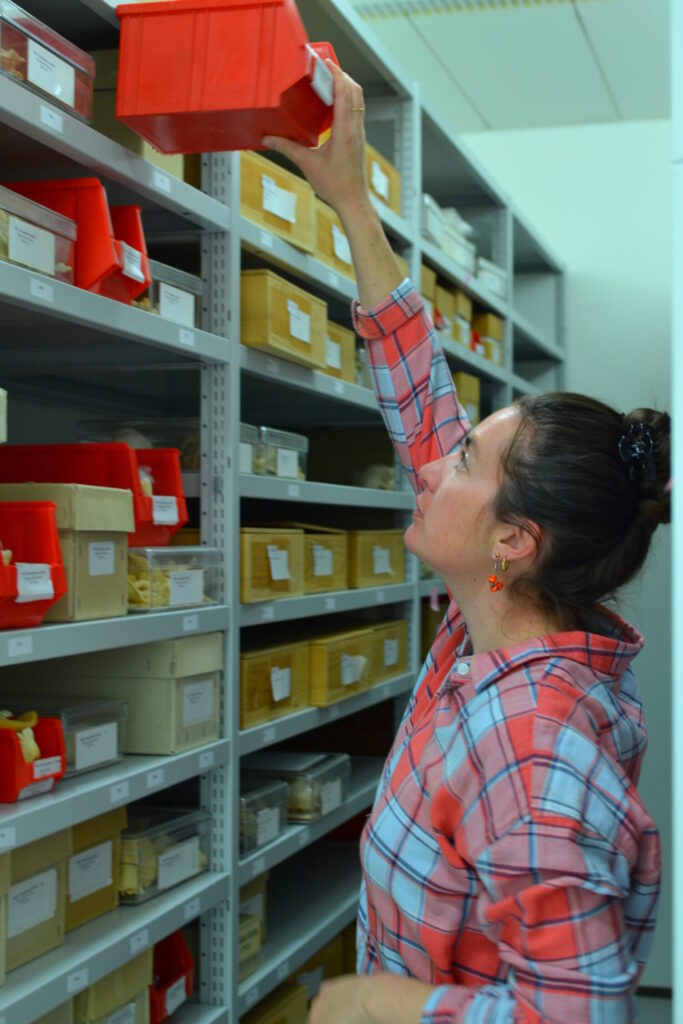
Tesla looks at cercopithecid primate crania in the Anthropology Museum in Zurich, Switzerland
What do you find most exciting about the work you do?
There are a lot of exciting things about my work, but one of my favorite parts of a research project like this is the time spent in museum collections. I absolutely love museum work, where history comes together with the yet to be discovered. It’s an exhilarating experience. And even though I spend a good amount of my museum time alone, talking to monkey skulls, these are the moments in science that I often remember most fondly.
Can you tell us about something interesting you’ve discovered?
My previous work demonstrated that there are different patterns of cranial variation in cercopithecine and colobine primates. This previous work also hypothesizes that the weaker patterns of covariation seen in colobines may be associated with the broad faces that we see in many of these monkeys. Of the small preliminary sample of colobines that I investigated, Presbytis stands out as even more different. These differences echo a growing body of my work that demonstrates that Presbytis is distinct from other colobines, perhaps reflecting the interesting ecogeographic history of this genus. These sorts of interesting findings served as the impetus for the project that I proposed for the Leakey grant. I am really looking forward to investigating variation in Presbytis and other colobines in a more comprehensive way, supported by Leakey funding.

What has surprised or challenged you in the work you’re doing?
One of the challenges in my work is the imbalance of representation in museum collections. Some monkeys are present in museum collections to a much higher degree than others. Since my goal is to understand variation broadly across primates (and cercopithecid primates in this work), having a strong sample from many different species is really important. The questions that we ask in science are often influenced by the data that are available. So having the resources (thanks to Leakey) to really travel to different museums, and spend a good amount of time in collections, is vital for making sure that I can collect the data necessary to ask scientifically sound questions and have the sample sizes necessary to answer those questions.
What are you working on now, given the limitations of the pandemic?
With the ongoing pandemic, my ability to travel to museums has been a bit delayed. So right now, I am focused on developing the literature review, getting equipment in line, and building my research team to really get started on this project. I am planning to start working in museums during the summer of 2022 when, hopefully, traveling is much safer.
Why do you think research like yours is important?
My work focuses on understanding how the skull has evolved – this applies to non-human primates as well as humans. The more we know about the skull, the better we are able to address developmental and genetic health concerns related to growing and maintaining a healthy skull, face, and brain. So there are very clear health implications to this work. Everything we know about humans has to be placed within the context of other animals, and particularly primates, to really make sense.
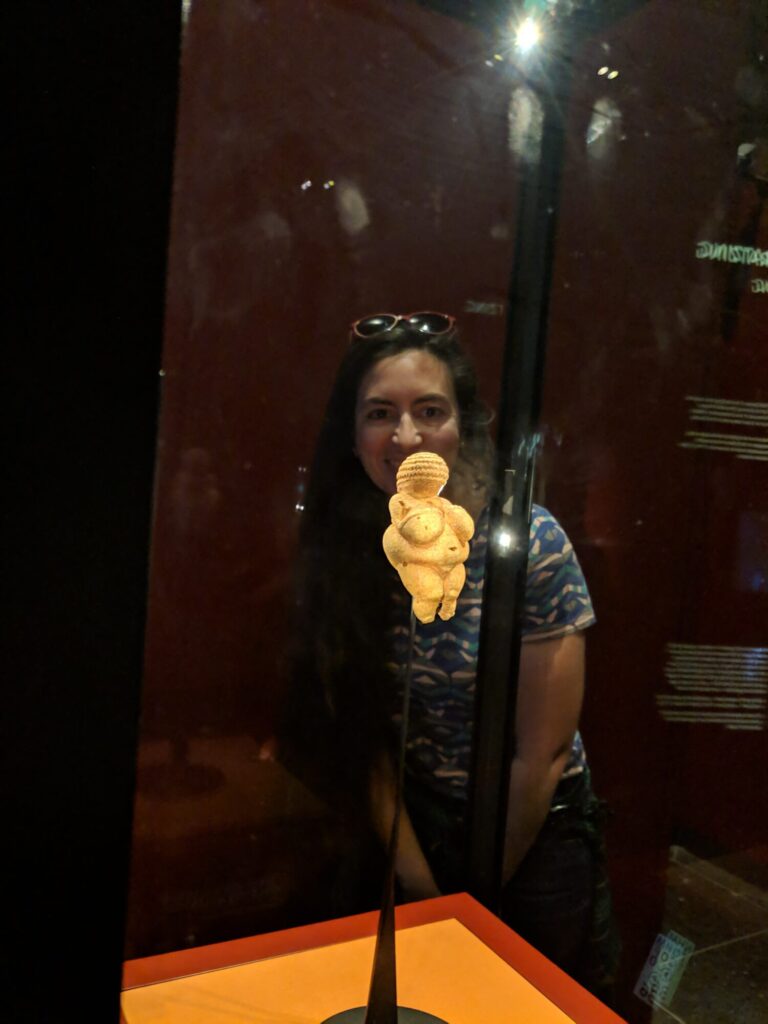
Why should people care about human evolution?
I think everyone should care about human evolution – it’s not only about the past, although it can tell us much about where we have come from. Human evolution also tells us about who we are today – it can inform health and nutrition, pregnancy and growth, life and death, among many other things. Human evolution also gives us a way to look into the future – what do we want this world to look like in the future? What do we want to be as a species? And how will we get there?
On a more impactful note, every day we hear about human variation, although we might not always recognize it. Variation in response to disease, variation in access to health care, variation in opportunities for education and treatment by the justice system. The study of human evolution has shown us that people are more than 99.9% similar, even if we aren’t always treated that way. Human evolution has shown us that things that can seem detrimental, like sickle cell, are actually remarkable adaptations to help us survive.
Learning and studying human evolution can truly help us understand how wonderful human variation is, how it has shaped us as a species, and how it should be celebrated. This is the path of biological anthropology moving forward, assuming we can address our past, which was rooted in racism and colonialism, and actively work to fight these unjust frameworks in our research today. We look towards a future of biological anthropologists who represent historically marginalized groups, and together we must amplify their voices, we must listen to what they have to say, and we must hold ourselves and our field accountable for past action to move forward together.


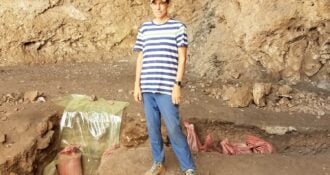
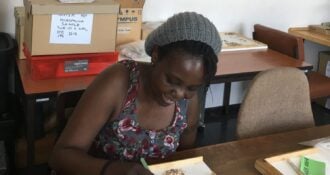
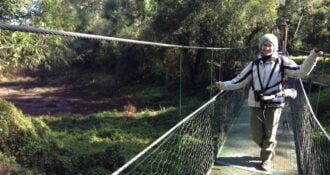

Comments 0